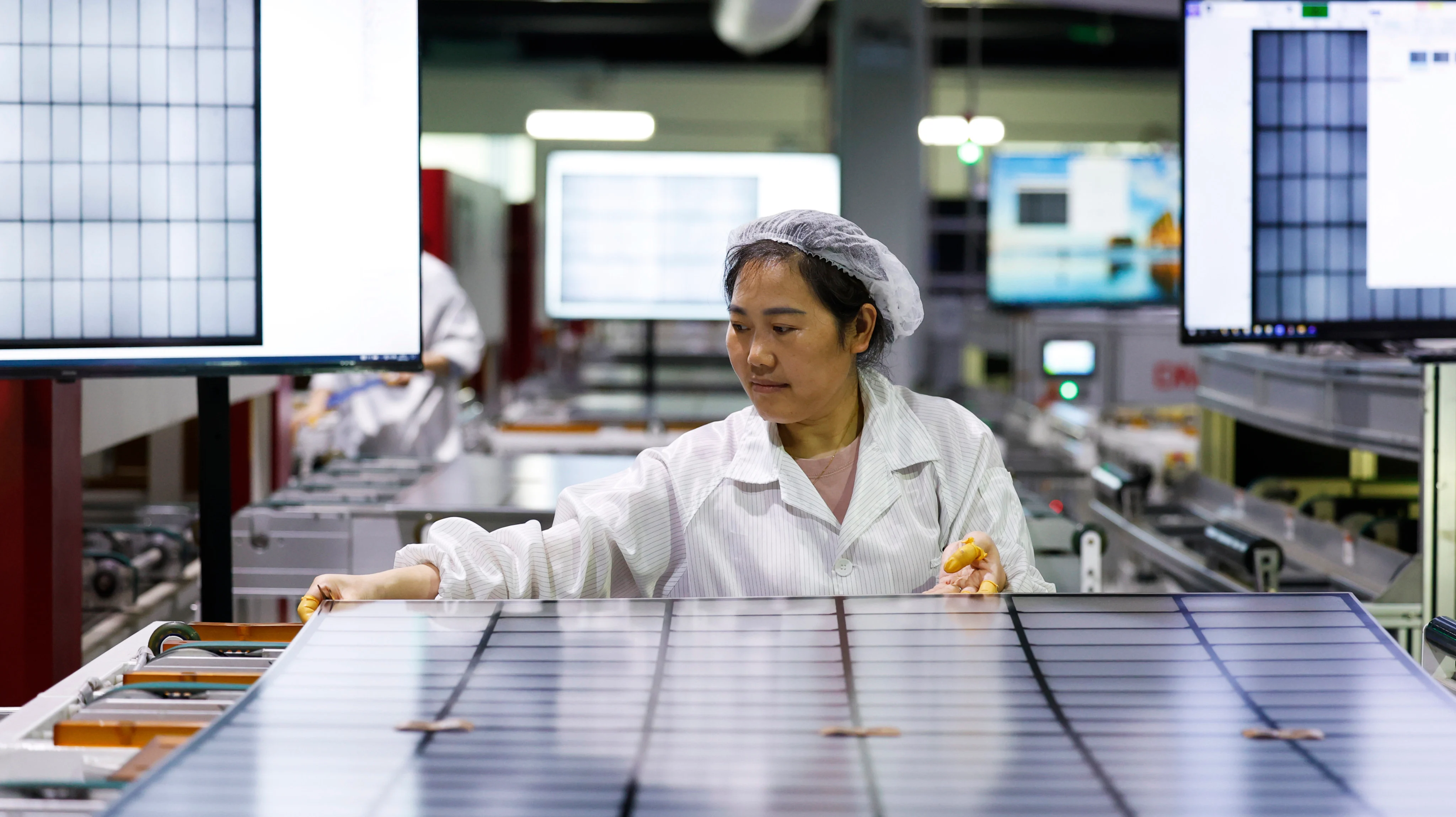Copyright scmp

Following the Communist Party of China’s fourth plenum, debate has intensified over the direction of the country’s economy, with manufacturing remaining a central pillar of Beijing’s ambitions for the coming decade. The Communist Party’s Central Committee’s recommendations for the 15th five-year plan, released on October 28, reaffirm China’s goal of achieving socialist modernisation by 2035, measured by gross domestic product (GDP) per capita – a vision outlined in the 14th five-year plan and proposed by Deng Xiaoping during his time as paramount leader in the 1980s. While no official benchmark has been defined, a State Council analysis estimates the target at about US$30,000 per capita (in 2020 prices) by 2035. With GDP per capita standing at US$13,303 in 2021, China would need to roughly double its income level within the next decade to reach that goal. As economist Justin Yifu Lin has noted, differences in GDP per capita between China and mid-level developed economies largely reflect disparities in labour productivity, measured by output per employee. Productivity growth, therefore, will be a key driver in achieving China’s 2035 target and has been identified as one of the main objectives in the recommendations. Although China’s labour productivity growth has consistently outpaced that of the Group of Seven economies since the early 2000s, its momentum has slowed since the 2008 global financial crisis. Growth is projected to ease to around 4.5 per cent in 2025, underscoring the challenge of doubling GDP per capita by 2035. Manufacturing holds the key to boosting China’s overall productivity. After 2022, when the country’s labour productivity growth fell to its lowest level this century, Beijing has rolled out a raft of policies to promote what it calls “new quality productive forces”. The strategy doubles down on developing emerging industries and upgrading traditional sectors to raise productivity and ultimately sustain economic growth. Emerging industries are concentrated in hi-tech sectors, such as new energy vehicles, aerospace technology and advanced machinery production. Meanwhile, traditional industries continue to form the backbone of China’s manufacturing base, accounting for about 80 per cent of total output and employment. However, manufacturing’s contribution to the Chinese economy has been steadily declining as the services sector expands its share of overall activity. Data shows that the manufacturing share of GDP fell from just over 32 per cent in the 2000s to 27.1 per cent in 2022. Census data indicate its share of total employment has remained largely stagnant, slipping by less than 0.1 percentage point between 2015 and 2020, compared with a 1.3-point increase between 2010 and 2015. As a result, Beijing faces mounting challenges in making manufacturing a stronger engine of growth over the next decade. The movement of rural migrant workers – individuals whose household registration (hukou) remains in rural areas but who engage in non-agricultural work locally or elsewhere – offers important clues to labour shifts out of manufacturing. This group reportedly accounts for about 80 per cent of total manufacturing employment. According to the National Survey Report on Rural Migrant Workers, there were nearly 300 million of them by 2024. Workers leaving manufacturing have mainly moved into service sectors with lower productivity levels. Employment is growing in wholesale and retail trade, transport, storage and postal services, hospitality and catering, as well as household services and repair. Since the 2008 global financial crisis, the share of rural migrant workers employed in manufacturing has fallen by 9.3 percentage points, while their share in these four service subsectors has risen by 7.1 points. Beyond losing appeal among younger workers, China’s manufacturing sector faces growing pressure from an ageing labour force. Among rural migrant workers, the share of those aged over 50 has surged from 11.4 per cent in 2008 to 31.6 per cent in 2024. This demographic shift underscores the challenge for Beijing to raise productivity while maintaining sufficient employment in manufacturing, avoiding both a labour exodus into lower productivity service sectors and the risk of large-scale unemployment. In response to these challenges, the Communist Party’s recommendations state that “the share of manufacturing in the national economy should be kept at an appropriate level” during the period of the 15th five-year plan. By comparison, the relevant narrative in the 14th five-year plan had been to keep the share of manufacturing stable. An appropriate share of manufacturing in GDP is essential to sustaining productivity growth and raising GDP per capita. In high-income economies, manufacturing continues to play a significant role, accounting for 27 per cent of Ireland’s GDP, 18 per cent in Switzerland, 16 per cent in Singapore and 18 per cent in Germany. Although manufacturing represents just 10 per cent of the US economy, revitalising domestic manufacturing has become a key priority for the Trump administration, underscoring its strategic and political significance. For China, the question is not whether manufacturing endures, but how it evolves. Many of its hi-tech industries already rival those of advanced economies, yet intensifying global competition and the drift of workers into lower productivity sectors risk slowing the gains that once powered its growth. The challenge is to turn China’s industrial might into sustained productivity growth across all sectors.



